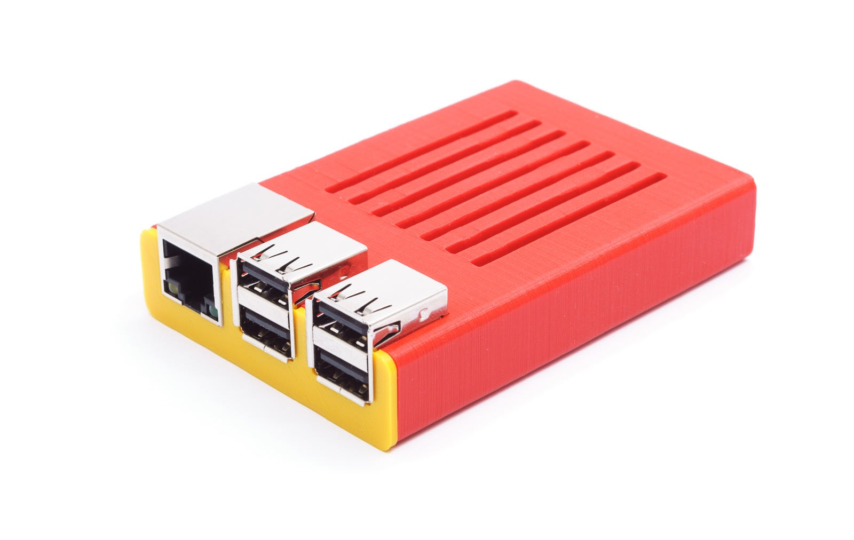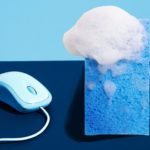When producing a three-dimensional part, you could decide to outsource the production to a CNC machining service. However, this is not always the best available option. In some instances it might be better to use a 3D print service instead. Do you own a 3D printer yourself? That might be even better! This is especially the case if it can use PLA filament, which is the favorite type of filament for a lot of 3D printer users. PLA, which stands for Polylactic Acid, can be used in 3D printing with the tips mentioned below.
Dry place
PLA filament is quite sensitive to moisture. So keep it in a dry place, which is preferably dark and cool as well. By doing this, you preserve the quality of the PLA plastics. You will not be faced with surprises such as stringing. PLA filament is usually packed airtight and it is recommended that you store the filament in the supplied resealable bag after use. You can also use a sealable plastic container, for example, and throw in the supplied moisture absorbers into the container as well to preserve the quality of the PLA filament.
Right temperature
When printing with PLA material, it is important that the temperature is right. Check the description carefully for the best temperature. Start with the bottom value and then look at the results. The temperature can then be increased in 5 degree increments to obtain the correct print quality and strength. It really differs per printer when the PLA filament comes into its own. You can also use a heated print bed. It could be done without it, but experts recommend it anyway. Also check which temperature is most suitable for this, because this is never the same for all PLA filaments.
Printer and slicer settings
One of the most common problems with PLA is stringing or seepage during hot-end movements at the end of a print run. This creates strings. To avoid this, you need to optimize the printer and use the correct slicer settings. For this, look at the setting for retraction. You can use this to ensure that the filament is pulled back a little bit during a movement to prevent the filament from seeping out. The distance to the print bed is also important for the correct adhesion. Make sure the bed is correctly adjusted too. On top of that, you can fine-tune your printer in many ways.
High quality of PLA filament
You often see it on the internet. The most fantastic cheap prices for PLA filament. The discounts are extremely high and continue to rise. But think carefully about buying these materials. These types of filaments are often mass-produced without strict quality requirements and controls. With this, the diameter of the filament can differ considerably and you will understand that this does not benefit the print quality. Therefore, you should buy high quality PLA filament, even though this might cost a bit more than you want to pay.





